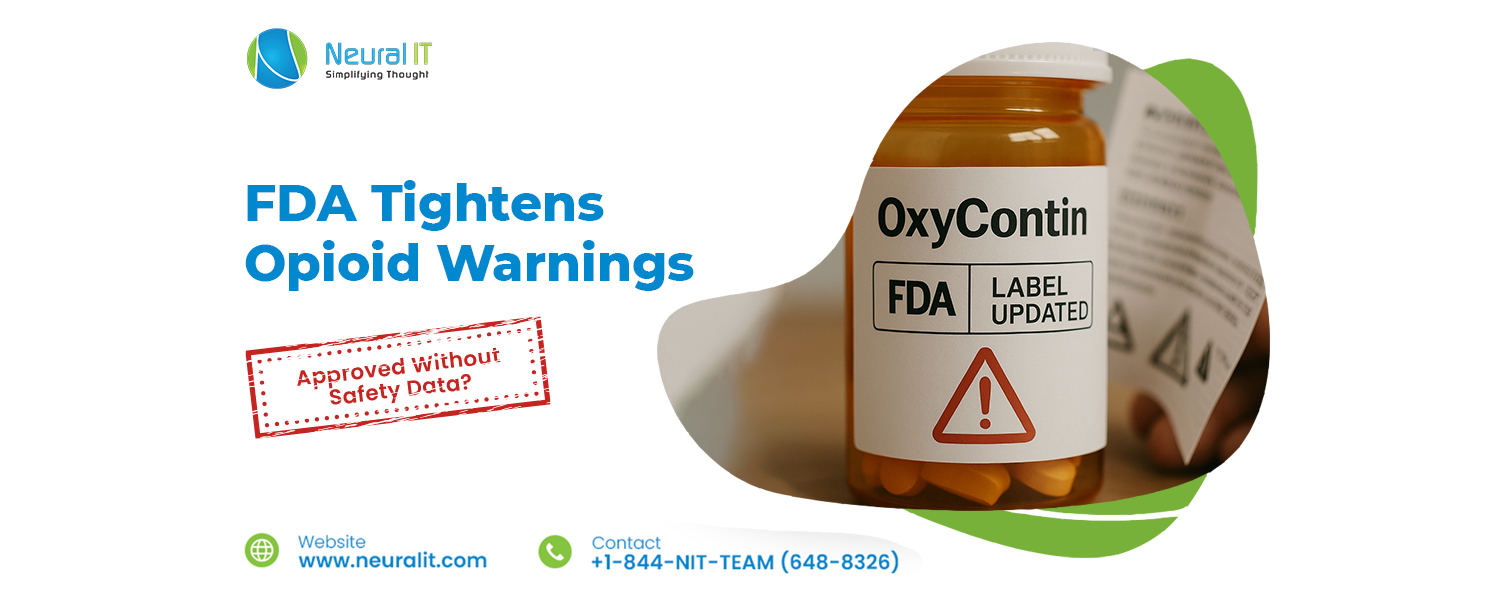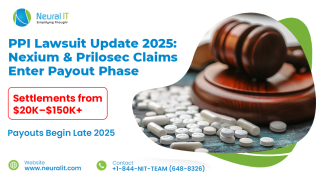FDA Adds New Warnings on Long-Term Opioid Risks
FDA Adds New Warnings on Long-Term Opioid Risks

Introduction
Federal regulators have raised concerns that many opioid medications were approved for prolonged use without sufficient clinical evidence confirming their safety.
Despite their widespread use for chronic pain management, gaps in long-term safety research persist, according to a recent update from the U.S. Food and Drug Administration (FDA).
Findings from Recent Advisory Committee Review
In a July 31 press release, the FDA summarized findings from a May 2025 advisory committee meeting that assessed the risks linked to extended opioid use. The panel examined studies on misuse, addiction, and overdose among patients prescribed opioids for chronic pain. The meeting revealed major shortcomings in available research, leading the FDA to call for new safety measures.
Opioids and Their Role in the Crisis
Opioids include both prescription medications and illicit drugs used primarily for pain relief. They range from naturally derived substances, like morphine and codeine, to synthetic drugs such as fentanyl. While they provide critical relief for many patients, prescription opioids like OxyContin, Percocet, and Vicodin have fueled the opioid crisis in the U.S. The Centers for Disease Control and Prevention (CDC) reported over 80,000 overdose deaths in 2023 alone, underscoring the urgency of addressing opioid-related risks.
FDA Requires New Safety Labeling Updates
Following the advisory meeting, the FDA announced a series of mandatory label updates for prescription opioids. These changes aim to provide clearer safety information for healthcare providers and patients, especially those on long-term therapy. Key updates include:
· Clearer addiction and overdose data: Labels will summarize findings on the risk of addiction, misuse, and overdose with extended use.
· Revised duration guidance: Wording that implied indefinite use has been removed to prevent misinterpretation.
· Stronger warnings on dosage: Higher doses will be highlighted as increasing the likelihood of severe side effects over time.
· Restrictions on long-acting opioids: Extended-release formulations should only be used when short-acting opioids and other treatments have failed.
· Safe tapering instructions: New guidance will caution against abrupt discontinuation to avoid withdrawal complications.
· Expanded overdose reversal guidance: Labels will include information on medications that counteract opioid overdose effects.
· Additional interaction warnings: Gabapentinoids have been added to the list of drugs that can intensify central nervous system depression.
· Rare brain condition alert: Labels will now warn about toxic leukoencephalopathy, a severe but rare brain disorder linked to overdose.
· Digestive system warnings: Risks of opioid-induced esophageal complications will be noted.
Manufacturers have been given 30 days to submit revised labels for FDA review.
Opioids Approved Without Long-Term Data
The FDA acknowledged that some widely used opioids, such as OxyContin, were initially approved without sufficient evidence on their long-term use for chronic pain. Current research indicates extended use significantly raises the risk of addiction, overdose, and even death. The agency’s latest actions aim to close this gap by providing clearer guidance to prescribers and patients.
Past Efforts to Address Opioid Risks
This is not the first time regulators have taken action. In 2016, the FDA introduced black box warnings for certain opioids to highlight dangers such as misuse, overdose, and death. Around the same time, the CDC issued new prescribing guidelines for opioids, both measures intended to curb overprescribing and misuse. Investigations later revealed that some doctors prescribed opioids like Percocet and Tramadol without a proper pain diagnosis in over 30% of cases, contributing to widespread addiction.
Suboxone Use and Legal Challenges
As the opioid crisis escalated, many individuals turned to medications like Suboxone to manage withdrawal and dependency. While Suboxone has helped numerous patients, its reformulated dental strips have sparked lawsuits. More than 10,000 cases claim the manufacturer prioritized profits over safety by failing to disclose risks of severe dental issues, such as tooth decay and tooth loss, linked to the strips.




